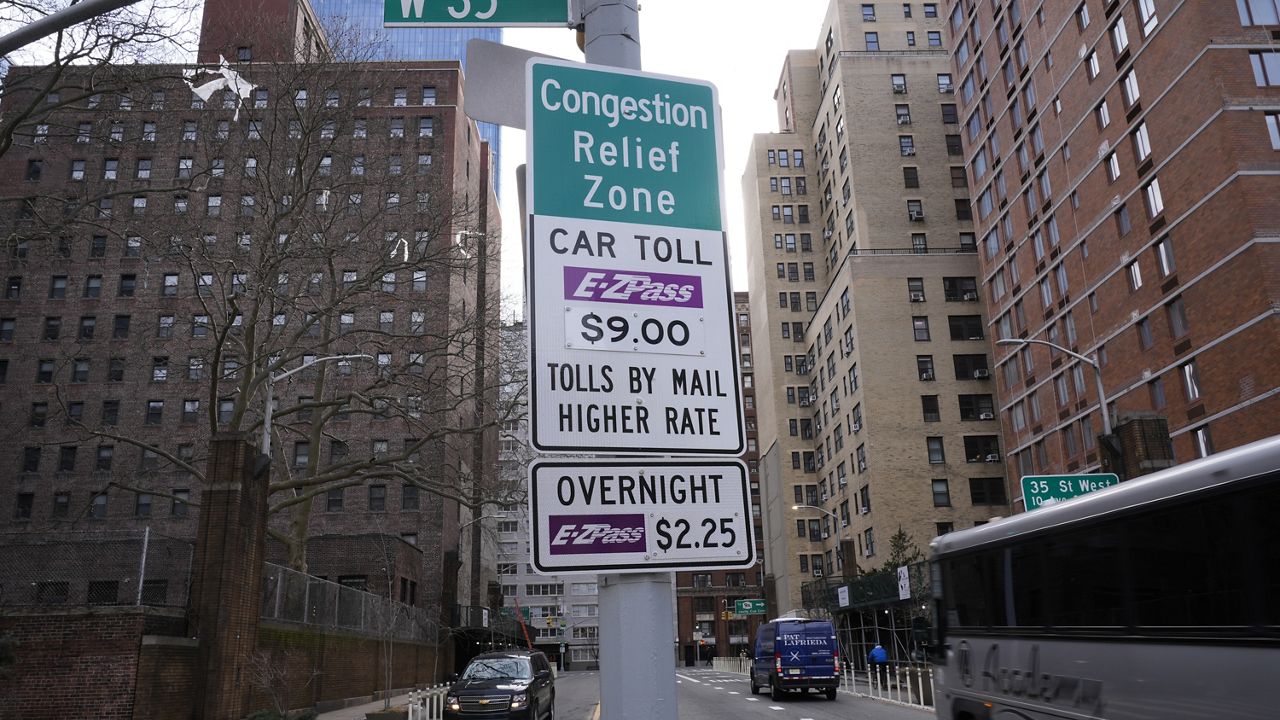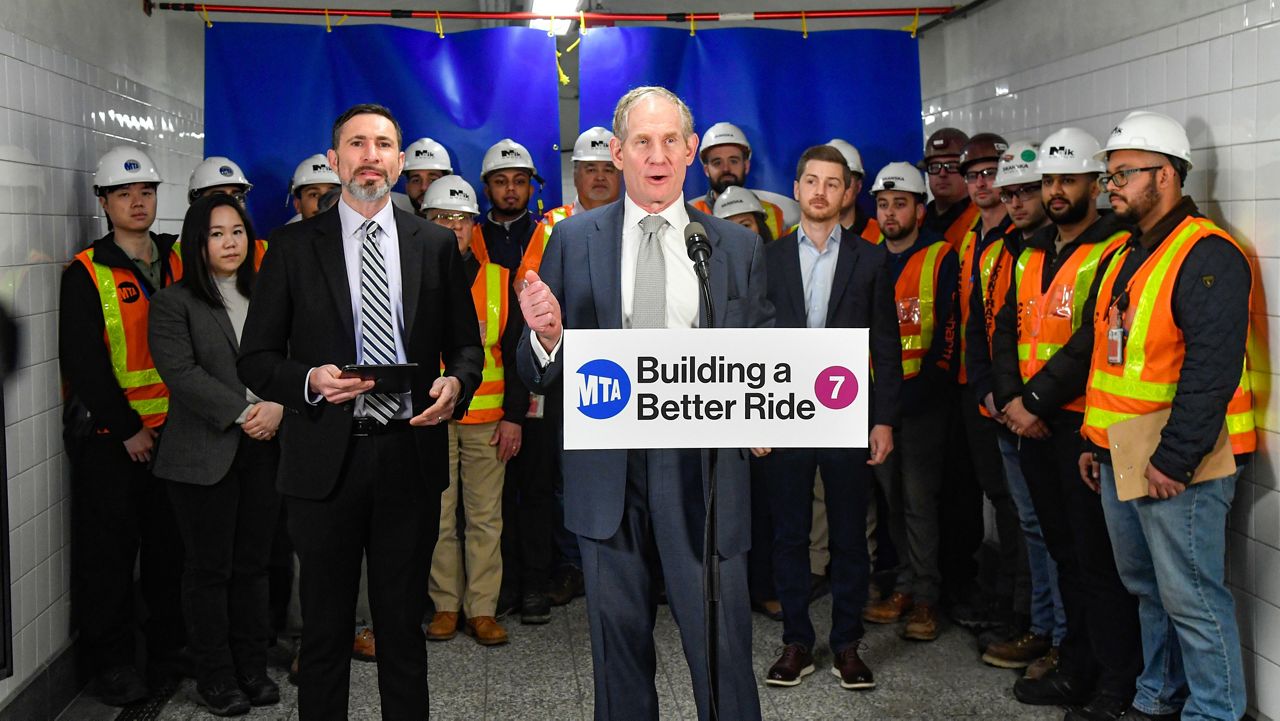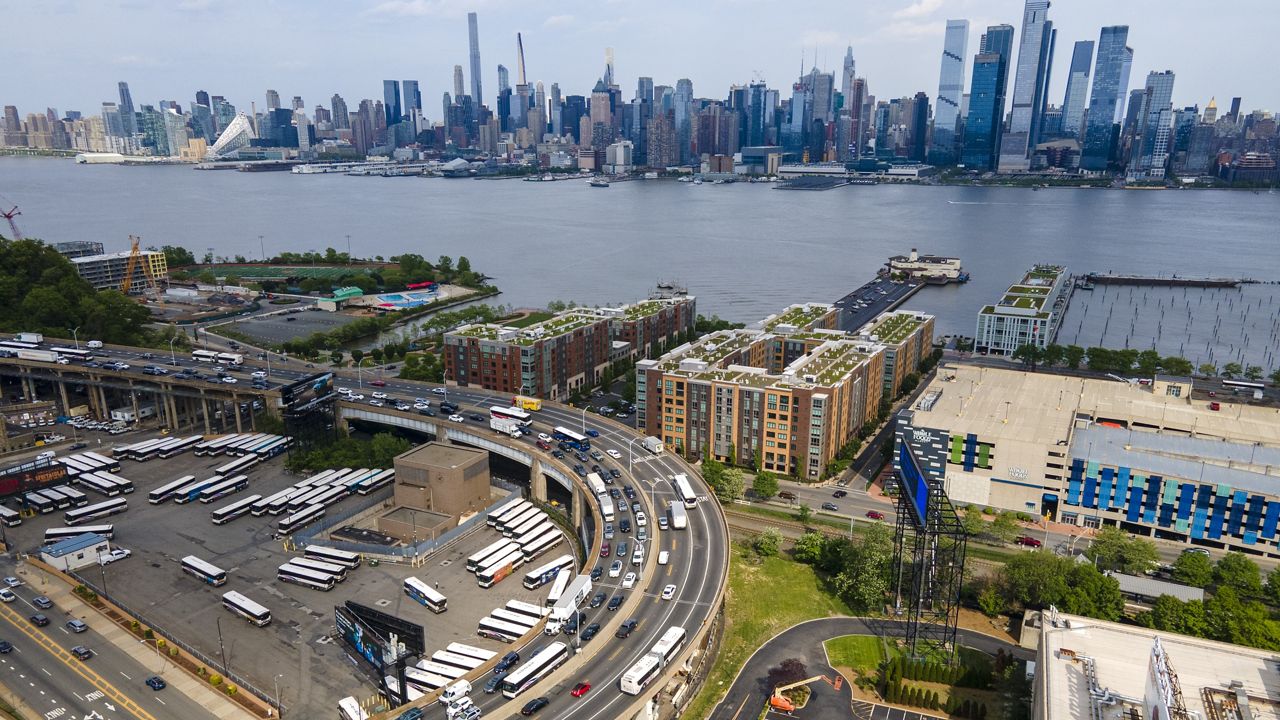The MTA offered its first look into how much drivers could pay to enter Manhattan south of 61st Street under the agency's congestion pricing plan under development.
The cost: $9 to $23 for drivers with E-Z-Pass, and $14 to $35 without E-Z-Pass.
Drivers like Jose Valentin reacted to the sticker shock with disbelief.
"Even though I live on 47th Street? Just because I pass this way? Ridiculous," Valentin said. "Who do I talk to to get that out of here?"
It’s the newest detail from the MTA, which is now studying the first-in-the-nation proposal to tax away gridlock.
An MTA-appointed panel will determine the exact toll, and who, if anyone, will be exempt.
The more exemptions, the higher the toll.
The goal is to raise about $15 billion for the MTA and cut traffic between 15- 20%.
The agency held its first public hearing virtually Thursday.
It drew supporters, like a Queens resident who said, "We can put a price on driving so individuals who engage in this harmful act have to reconsider whether they truly need to get in their cars."
As well as opponents, like one commuter from the Bronx.
"Congestion pricing would represent an unfair burden to one of the poorest counties in the city and one of the poorest counties in the country," the Bronx commuter said.
As the MTA studies the congestion pricing plan, the lead MTA official overseeing it, Allison de Cerreño, deputy chief operating officer at the MTA, is already learning about how traffic in the city could change.
"Near the Queens-Midtown Tunnel and the Hugh L. Carey Tunnel, we anticipate some traffic diversions on the highway system that could result in more than nominal increase in traffic,” Cerreño said.
Under the law, creating the congestion pricing plan, drivers on the West Side Highway and FDR are exempt, as well as emergency vehicles and vehicles carrying people with disabilities.
Manhattan residents in the toll zone, who make less than $60,000 a year, will get a tax rebate from tolls paid.
But some elected officials, regardless of whether they support or oppose the toll, sought exemptions for certain drivers in their districts.
The MTA will take 16 months to review the environmental effects of the congestion pricing plan and the drivers can expect to start paying the toll sometime in 2023.









